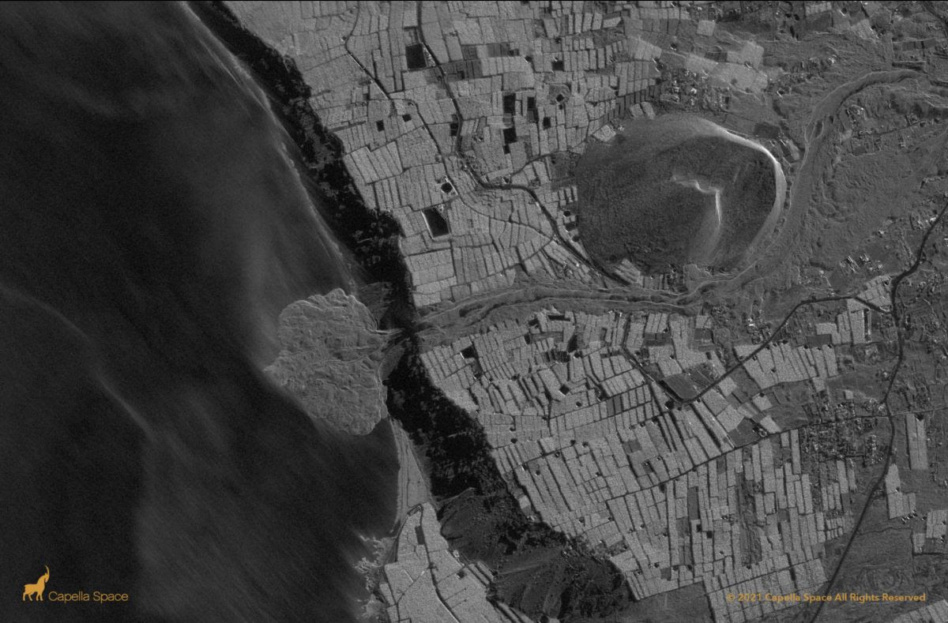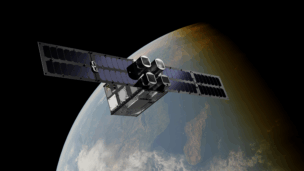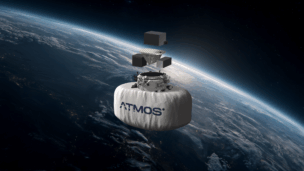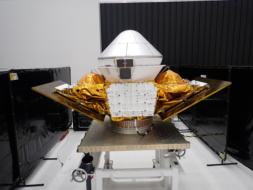Yesterday, Capella Space said it would install optical communication terminals (OCT) on its commercial synthetic aperture radar (SAR) satellites. Capella aims to integrate new commercial craft with the SDA’s National Defense Space Architecture (NDSA) by adding inter-satellite links from a partner. More on that in a sec.
Catching up: The SDA is building a network of satellites in low-earth orbit for military communications and data-gathering missions. The network will consist of several layers; each will serve a different Pentagon space priority. The network will include a transport layer of data communications satellites and a tracking layer of sensor satellites, among others.
X-ray vision: Capella’s specialty is SAR, so the company is able to provide imagery of the Earth’s surface, even in darkness and bad weather. That’s invaluable for militaries looking to modernize their eyes in space.
With the announcement, Capella is reaffirming a commitment to staying “in lockstep” with the SDA as they build out a next-gen space stack, Capella CTO Christian Lenz told Payload. Capella is “positioning ourselves to make sure we’re ready for when the Department of Defense wants to procure SAR imagery from us, and we are able to deliver it in whatever format and medium that they’re looking for,” per Lenz.
About that partner: Capella will team up with Mynaric, a laser communications company with a track record of compatibility with SDA standards, to integrate OCTs on its satellites. The new hardware will allow efficient, low-latency data transfers from Capella space assets to government counterparts and Earth terminals.
- Over the next year, the two companies will work to verify the technical compatibility of the system, Lenz said. Capella plans to install OCTs on its satellites starting in late 2022.




